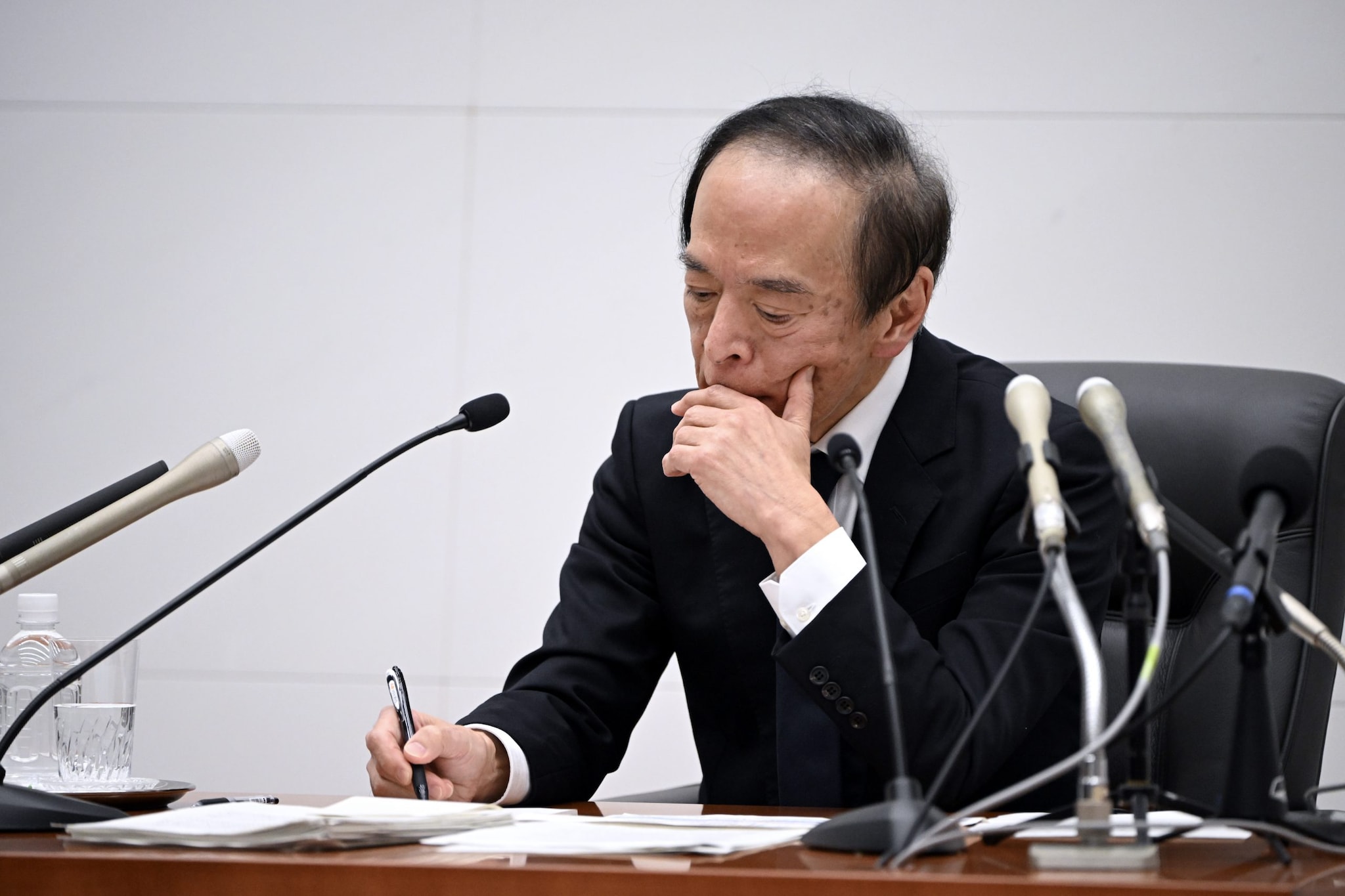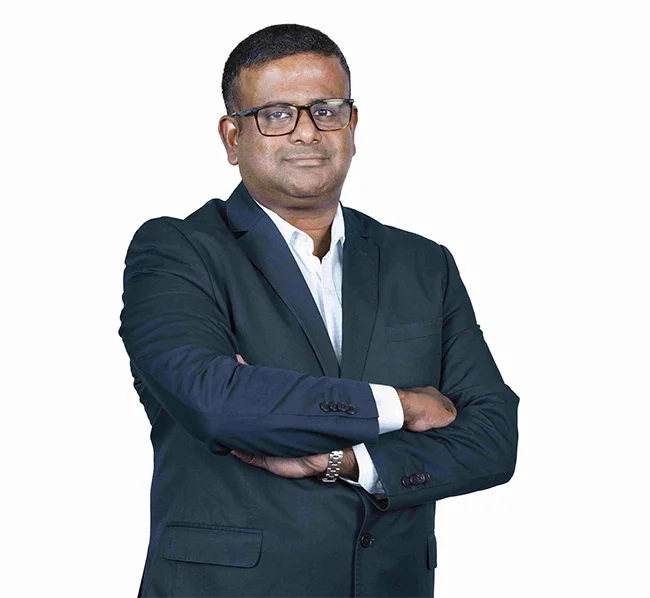The Bank of Japan is widely expected to signal a pause in policy normalization this week as US tariffs heighten global uncertainty, without shifting its stance on gradually raising interest rates when the outlook clears. Governor Kazuo Ueda’s board is poised to keep the benchmark rate at 0.5% at the conclusion of the two-day gathering on Thursday, according to all 54 economists in a Bloomberg survey.
BoJ watchers will scrutinize policymakers’ quarterly economic projections for any hint on the extent of the pause. After lifting borrowing costs three times since March of last year, the central bank now confronts Donald Trump’s sweeping tariff measures and the threat they pose to Japan’s economy. BoJ officials see little need to change their posture to gradually increase rates as they await more data to analyze the impact of the levies, people familiar with the matter told Bloomberg earlier this month.

They also see a chance that progress toward sustainably achieving the 2% inflation target is delayed, the people said. “The BOJ is still at the beginning of normalization unlike other central banks,”said Izuru Kato, chief economist at Totan Research and a veteran BOJ watcher. “They won’t say this rate hike cycle is over at this point.
” With rates likely on hold, analysts will focus on the quarterly outlook report released alongside the policy statement, which typically comes out around noon. As is customary for the April report, the BoJ will extend its forecast period by a year to now include fiscal 2027. Officials will probably project core inflation to be around 2% for that period, the people familiar said.
Up until now, the bank has forecast price trends reaching its target in the second half of its three-year forecast period through fiscal 2026. Analysts could interpret any delay on nearing 2% as an acknowledgment that policymakers may be open to slowing the pace of rate hikes. The central bank will probably make clear that the economic outlook is uncertain, the people said.
In the wake of the global financial crisis in 2008, the bank admitted a smaller probability of hitting its baseline scenario for activity and prices. “In this outlook report, economic projections can only be tentative figures without knowing the final form of US tariffs,” said Naka Matsuzawa, chief strategist at Nomura Securities. “The earliest timing for a rate hike will probably be October.
” Given heightened uncertainties, BOJ watchers’ expectations for the next hike have dispersed. Those anticipating a move by September plummeted to 45%, a recent Bloomberg survey showed, from 89% in a previous poll. Overnight index swaps signal about a 70% chance that the central bank will raise the policy rate by the end of 2025, a stark shift from last month.
On March 20, the day after the BOJ’s last policy decision, swaps priced in a 32% probability of two rate increases by the end of the year. Tariff Risks Ryosei Akazawa, Japan’s chief trade negotiator with US, is set to hold second-round talks with Treasury Secretary Scott Bessent and others later this week. Japan is facing a 10% baseline tariff — with a higher 24% levy on pause for 90 days — in addition to 25% duties on steel, aluminum and cars, sectors at the core of Japan’s industry.
Economists expect tariffs to slash roughly 0.5 percentage point off Japan’s growth this fiscal year, according to a survey by the Japan Center for Economic Research. “Trouble is brewing for Japan’s economy as looming US tariffs add to an already daunting set of challenges,” said Stefan Angrick, senior economist at Moody’s Analytics.
“Still, barring a sharp downturn, we expect the central bank to press ahead with a rate rise this summer.” BoJ watchers have pointed to the yen’s role in driving rate hikes so far. The yen was trading at around 143.
50 per US dollar on Monday morning after temporarily strengthening beyond 140 last week for the first time since September amid broad weakness in the greenback. The appreciation should help cool inflation later this year, with a drop in oil price lending support, as well. Inflation Remains High While the tariffs are poised to weigh on the economy, Japan’s inflation has stayed well above the BOJ’s 2% target and remains the highest among Group-of-Seven countries.
Price gains in Tokyo, a leading indicator of nationwide inflation, topped all analyst forecasts this month, a government report showed Friday. Ueda has defended his posture on gradual rate hikes by saying a comprehensive examination of the data shows that underlying inflation remains below target. Owing partly to elevated cost of living, Prime Minister Shigeru Ishiba’s approval rating has declined to the lowest since he took office in October, according to polls by public broadcaster NHK.
Ishiba last week announced a cut to gasoline prices starting next month and a resumption in utility subsidies from July as he seeks to shore up his popularity before a summer election. Japan’s consumer sentiment dropped to a two-year low in March while long-term inflation expectations have risen among households and businesses, according to data from the government and central bank. “The BoJ is getting into a tough spot” between high inflation and a likely economic slowdown, said Totan’s Kato.
“Still, there is ongoing public discontent about inflation. They can’t just quit raising rates now.”.















